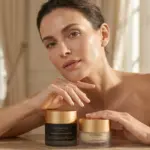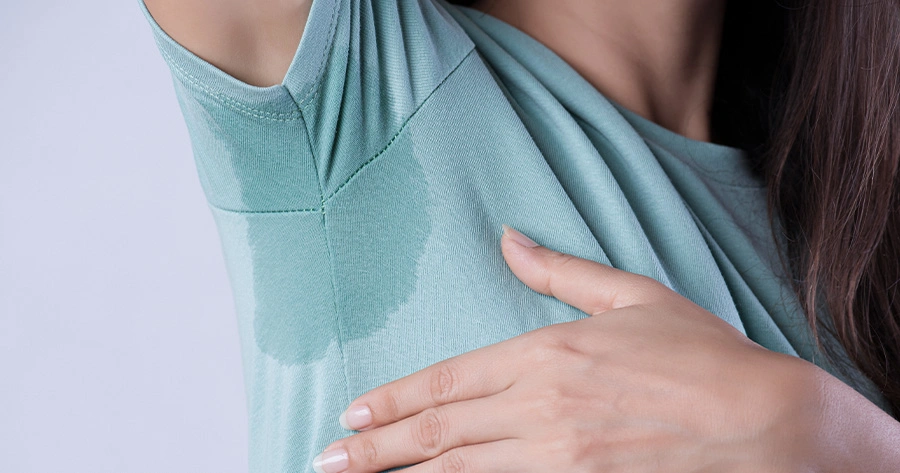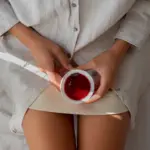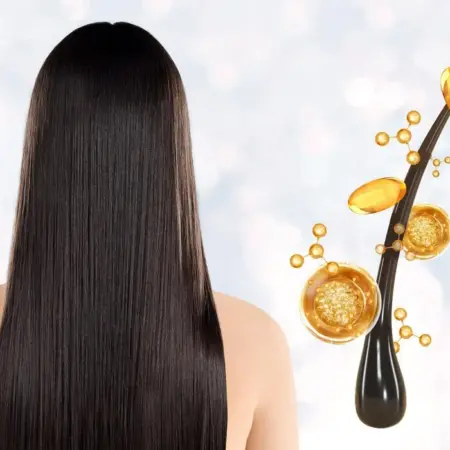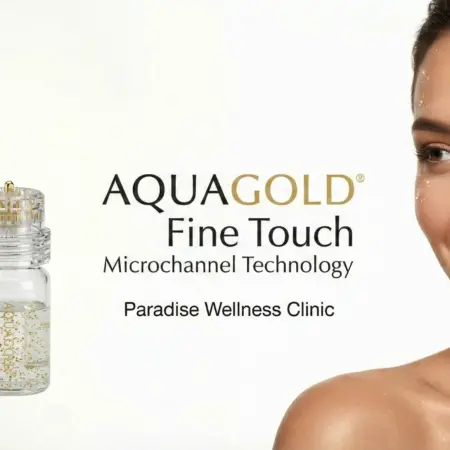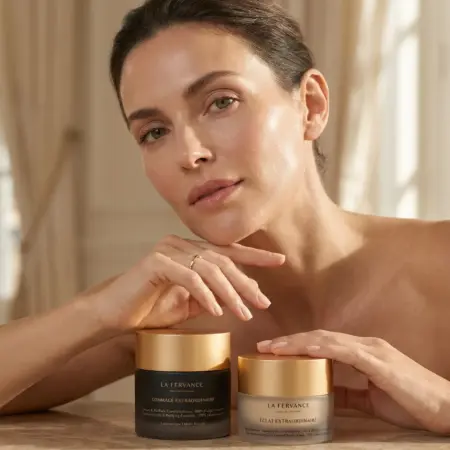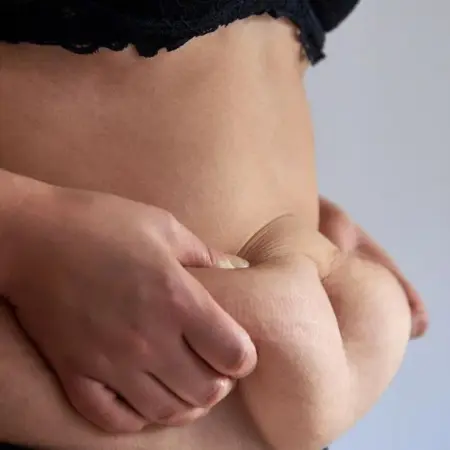Sweating is completely natural — it helps cool down your body, keeps your skin healthy, and flushes out toxins. But what happens when you sweat too much, even without heat or stress? That’s a condition known as hyperhidrosis — where sweating becomes excessive and hard to manage.
This issue can affect different parts of the body like the hands, feet, underarms, and even the face, and it can interfere with daily life, confidence, and comfort. But don’t worry — it’s a treatable condition, and you’re not alone.
Table of Contents
What Is Hyperhidrosis?
Hyperhidrosis is a condition where a person sweats much more than necessary. It can happen during the day, even without physical activity or hot weather.
There are two types:
- Primary hyperhidrosis: Usually inherited and not linked to other health problems.
- Secondary hyperhidrosis: Caused by other conditions like thyroid imbalance, hormonal changes (such as menopause or pregnancy), diabetes, or even stress and anxiety.
Wearing tight or synthetic clothes, eating spicy foods, and poor hygiene can make sweating worse — especially under the arms.
How Is It Diagnosed?
At Paradise Wellness, our skin specialists carefully evaluate your symptoms and lifestyle. We check if the sweating is limited to certain areas (like only armpits) or if it affects the entire body (hands, feet, back).
We also ask about your health history and may recommend basic blood tests if we suspect an underlying issue like hormonal imbalance or anxiety-related sweating.
Our dermatologists then guide you to the right treatment plan – fully personalized for your needs.
Treatment Options Available at Paradise Wellness Clinic
We follow a step-by-step approach, starting with mild solutions and moving to advanced treatments if needed.
1. Medical-Grade Antiperspirants (Deodorant)
We offer special antiperspirants with aluminum chloride, which help block sweat glands temporarily and reduce sweat production — especially effective for mild cases.
2. Iontophoresis
A completely safe, non-invasive treatment where we use a low electric current through water baths (for hands or feet) to slow down sweat glands. It’s great for hand and foot sweating and usually shows results within a few sessions.
3. Botox Injections
Yes, Botox is not just for wrinkles!
Botox injections directly into the sweaty areas block the nerves that signal sweat production. It’s quick, painless, and gives results that last 6 to 8 months.
Best for underarms, palms, and soles, this is one of our most recommended treatments for clients who want fast relief.
4. Surgical Options (Only in Severe Cases)
In very rare and chronic cases, a procedure called sympathectomy may be considered. It blocks the nerve signals responsible for sweating. However, it’s only suggested when all other treatments fail and is not usually the first choice due to potential side effects.
Daily Tips to Manage Hyperhidrosis
Here are some simple changes that can help reduce sweat naturally:
- Choose breathable clothes: Wear cotton, linen, and loose outfits to allow your skin to breathe.
- Shower regularly with gentle cleansers to prevent bacteria and odor.
- Keep underarms hair-free for better hygiene.
- Avoid spicy food, alcohol, and caffeine, which can trigger sweating.
- Practice calming techniques like yoga, deep breathing, or meditation to manage anxiety-triggered sweating.
Why Choose Paradise Wellness for Hyperhidrosis Treatment?
At Paradise Wellness Clinic, we understand how uncomfortable and embarrassing excessive sweating can be. Our team of experienced dermatologists and aesthetic doctors use advanced tools and international techniques to give you long-term relief — safely and effectively.
We provide customized treatment plans depending on your skin type, lifestyle, and medical background. Whether you’re dealing with mild or severe sweating, we’re here to help you feel confident again.
Visit us at:
Vasant Vihar | Pitampura | Civil Lines
Call us: +91 97738 63777 | +91 97738 93377
Email: [email protected]
Website: www.paradisewellness.in
⚠️ Disclaimer: This article is for information purposes only and should not be considered medical advice. Always consult a qualified dermatologist before starting any treatment.



